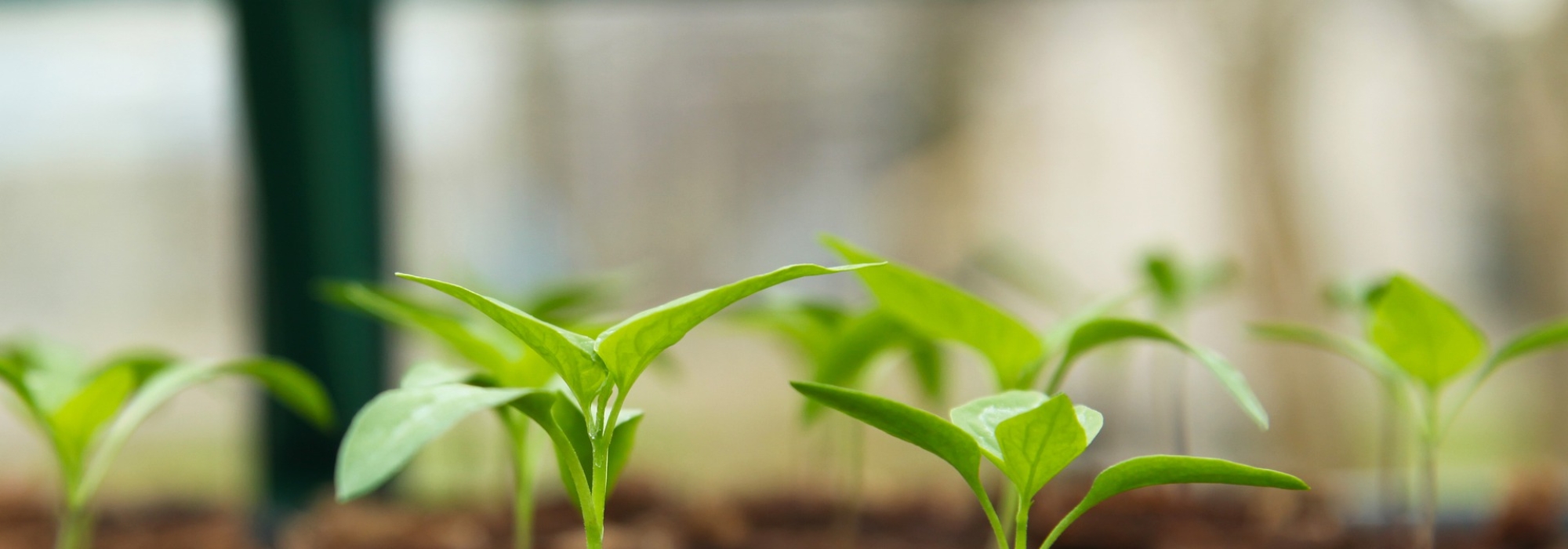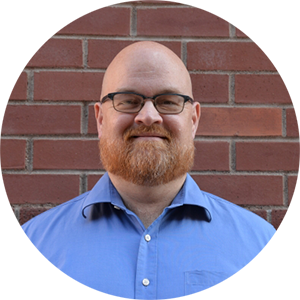
How much food can be produced in urban areas?
Edmund Williams, Lehr Innovations, LLC
"By creating agricultural systems that are more productive in a smaller space, require less maintenance, and cost less to operate, it is possible to reduce barriers to entry, allowing urban agriculture to flourish, improving the resilience of the neighborhoods that participate."
- Edmund Williams, KER Fellow 2019
Background
In urban areas, land is a scarce resource, and urban farmers typically need to invest heavily in infrastructure to make efficient use of smaller parcels. This can be very complex and not only requires expensive equipment, but also requires well-trained employees.
Urban farmers also face enormous pressure from property owners and developers, hungry to use the land for more profitable ventures. Alternative forms of production might hold the key to alleviating this pressure while lowering the barrier to entry for new farmers.
Research questions
-
How much food can urban areas produce?
-
Can new methods provide an impetus to bringing food production to areas where it previously wasn’t practiced?
Methods and findings
To address these challenges, Williams developed a new method of production, known as a LEHR Garden. These gardens combine about a dozen gardening techniques, including Hugelkultur, aquaculture, and use of diverted waste materials to maximize and diversify yields, minimize inputs, and optimize water use. Most importantly, these gardens are low maintenance compared to other production methods. Williams notes that by looking at food production through the lens of ecology rather than that of chemistry or technology, it is possible to significantly increase the productivity of agricultural systems. To quantify that difference, he built a second generation prototype of the LEHR Garden to measure its productivity. This prototype achieved a productivity of 0.7 pounds of produce per square foot per year — a 30% return on investment — but Williams estimates that the method has the potential to produce three pounds per square foot per year. This is two to three times the productivity of other intensive agriculture techniques.
Impact
Williams believes that LEHR Gardens could be used to improve food security in Maricopa County's food deserts. Google Earth images of these neighborhoods show that many houses have large, empty backyards with plenty of space for a garden. Because LEHR Gardens require to little maintenance, it would have little to no impact on day-to-day labor needs of the household. Creating a program to help with garden setup and training could not only give families better access to nutritious food but also provide an additional source of income from the sale of surplus produce back to the program. Williams thinks this would kickstart a true local food movement and improve food security and resilience for the metro area at large.
Deliverables
Williams created a second generation LEHR Garden prototype, a demonstration site for data collection and productivity testing, as well as a business plan and marketing materials.
Edmund Williams
Founder & President
Lehr Innovations, LLC
Academic Fellow, 2019
Edmund Williams is currently the President of Lehr Innovations, LLC, a company he founded in 2017. He is the inventor of the LEHR Garden, a new gardening method he pioneered in 2013. Ed is a civil engineer by profession and has worked in both the public sector, as the Engineering Division Manager and Superintendent of Streets at the Maricopa County Department of Transportation, and in consulting for a variety of engineering firms. Edmund earned a Bachelor’s of Civil Engineering from the Georgia Institute of Technology in 1998. He is a registered Professional Engineer in Colorado and Arizona and is an Envision Sustainability Professional. He is a registered Professional Engineer in Colorado and Arizona and is an Envision Sustainability Professional.
